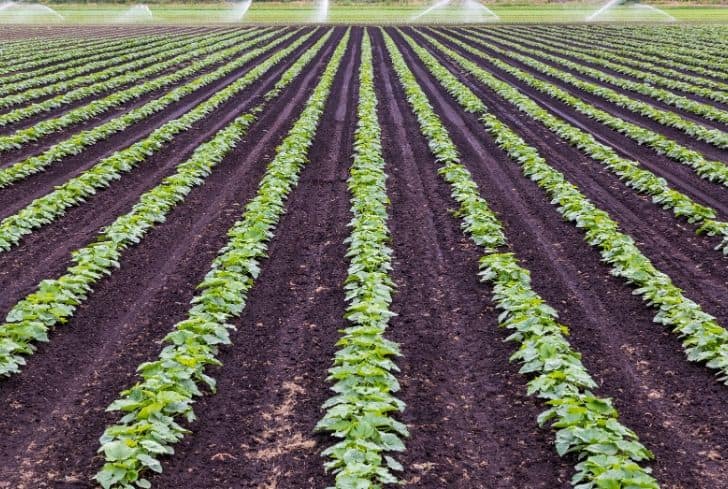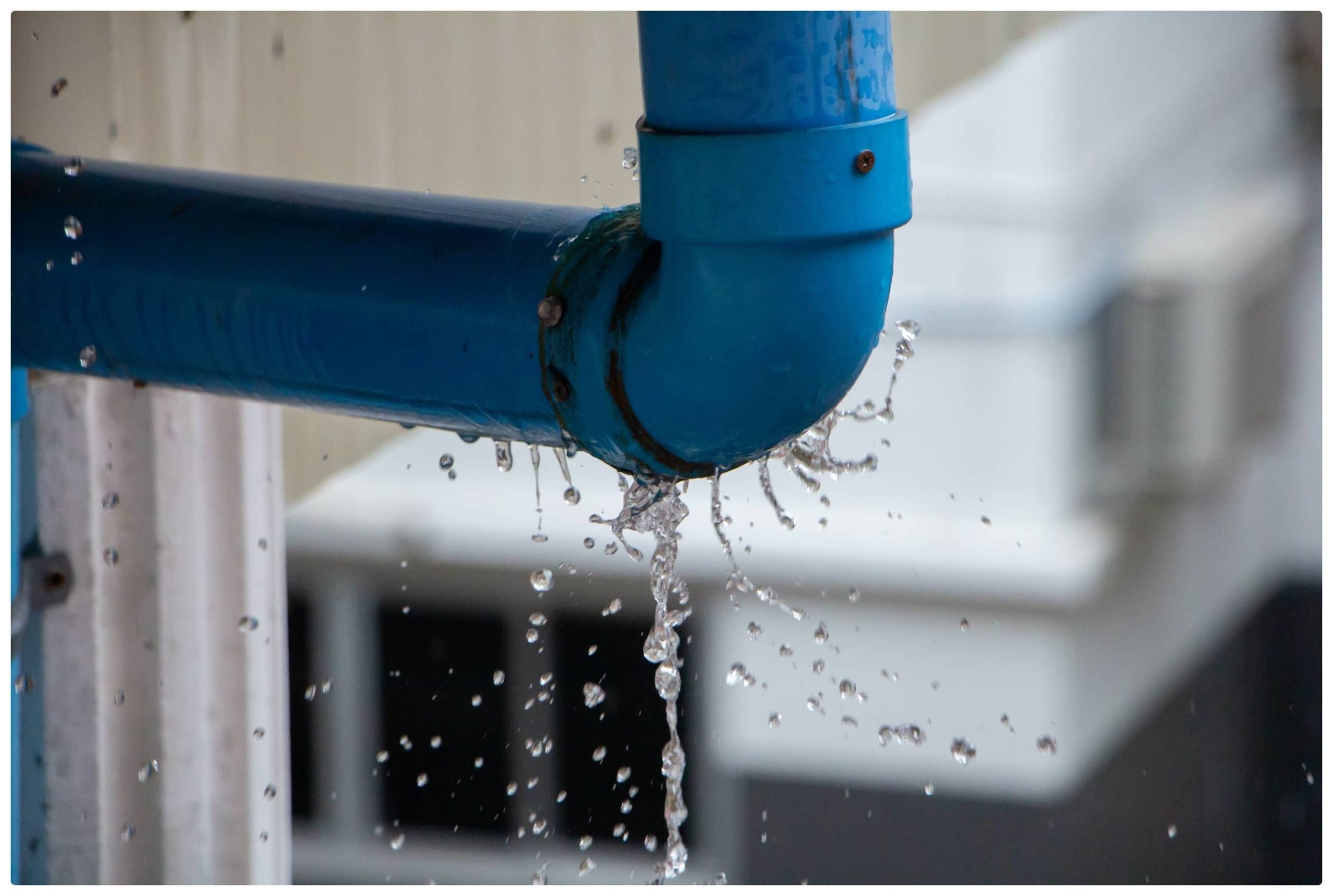Human existence cannot be assured without the consumption of food, which is the basic meaning of agriculture and farming. Since human resources are limited, this increases the value of agriculture to produce enough food for human consumption. Food no longer falls from the sky but is made by people known as farmers.
Agricultural mechanization has accelerated the pace of land cultivation and created the basis for the emergence of commercial agriculture.
What is commercial agriculture?
It is the term used to define the increased production of crops and land tillage on an industrial scale. Crops are harvested for sale for a significant amount. These crops are then shipped to markets and also passed on for export.
This way of farming increases yields to the point where it meets needs and builds up production levels even for non-food crops such as tobacco or cotton. In commercial farming, the farmer’s goal is to make a profit.
Commercial farming transformed manual labor into machine farming. On the one hand, this increased crop yields. On the other hand, however, it threatened to deplete the fertility of the land.
The most significant number of farms are located in places on the planet with the most fertile land areas.
What are the advantages of commercial agriculture?
We make a comparison with subsistence agriculture.
- The use of machinery increases the production level, and land area is cultivated. It also dramatically reduces the time required to produce the land and harvest the crops. With the proper equipment, it is easy to automate pest and disease control operations. Increased production positively affects the size of the national food supply.
- The need for transportation of harvested crops and the passage of agricultural machinery improves the infrastructure of those areas where farmland is located. It also contributes to the electrification of settlements, enhancing their residents’ lives.
- Sufficient quantities of products make it possible to fully meet the existing demand for products within one country and the world. In addition, matching the size of supply and demand leads to fair pricing of agricultural products, and their oversupply is reserved for natural disasters and catastrophes.
- A large number of farmers create new jobs in sufficient numbers. Such jobs require both skilled and unskilled labor. People are still needed regardless of the availability of machinery and equipment to help work the land. Workers receive decent wages and can purchase products at a reduced price. Considering the number of employees of a simple farmer, who, in addition to harvesting and trading crops, has to deal with accounting, a best tool for such an employer will be check stub maker. This tool will quickly and automatically create pay stubs and save time on business development.
- Commodity farming is a source of raw materials on an industrial scale.
- Work in commercial agriculture aims at meeting the demand of non-agricultural countries, which would be close to starvation without such products.
- The need to use fertilizers encourages research work. In addition, new marketing techniques are needed. It is an excellent opportunity to provide people who want to make money with new areas for development.
- The permanent cultivation of land prevents soil mismanagement and natural deterioration. People who cultivate the land take care of its fertility and apply new crop strategies that will not devastate it. The land also needs to rest, and professionals watch over it.
- A large agribusiness can add significantly to the state budget by paying significant taxes. The state can use this money for any needs: social payments, support for small businesses, salaries for employees of government agencies, etc.
Does commercial agriculture have disadvantages?
If it seems to you that commodity agriculture has only advantages at first glance, you are deeply mistaken. The disadvantages are also present.
- Unfortunately, there is not enough open land to cultivate agricultural plants in different areas. For example, natural forests must be cut down for this purpose in the tropics. It negatively impacts the environment because it affects the total amount of forest on the planet and the oxygen level.
- Almost all land suitable for cultivation is already occupied. If a farmer uses the wrong methods and plants inappropriate crops year after year, the land becomes worn out and unfit for cultivation.
- Land for commercial farming is sold at higher prices, making it difficult, if not impossible, for new farmers to acquire and enter the business. Thus, incumbent farmers can become monopolists, which carries the risk of abusing their position and unreasonably increasing the price of their products. In addition, substantial capital investments are required to run a successful business in this area. Large farms, modern technology, innovative machinery, suitable irrigation methods, large amounts of chemical fertilizers, etc., are also needed to obtain high yields. It is the main feature of commercial farming.
- Commercial farming promotes the occasionally uncontrolled distribution of fertilizers, pesticides, and other chemicals to protect crops from pests and insects. But such chemicals pose a threat to the earth and humanity.
- In some countries, commercial agricultural land is owned by individuals who cannot cultivate it independently due to a lack of necessary machinery. Such land is leased out but at a meager cost. It leads to a depreciation of land for its owner.
- Some crops, such as fruits and vegetables, are grown on agricultural land and spoil quickly. If the farmer does not sell them in time, they can spoil in a few days, especially without proper storage. Most commercial farms, examples of small or medium-sized businesses, do not have adequate storage facilities for these crops. They produce and sell, and if they don’t do it in time, the fruits and vegetables spoil and become unsellable.
In addition to the apparent disadvantages, agribusiness owners have other troubles. For example, they or their business can be hurt by environmental ideologies or fall victim to accusations of greed in allocating funds to solve global environmental problems.
Commercial farming, unlike subsistence farming, must be very efficient and practiced on a large scale since the main goal of the farmer is to maximize the size of his profits. Consequently, modern commercial agriculture focuses exclusively on growing crops for sale using the most advanced and latest technology. Only in this way can the desired amount of production be achieved.









